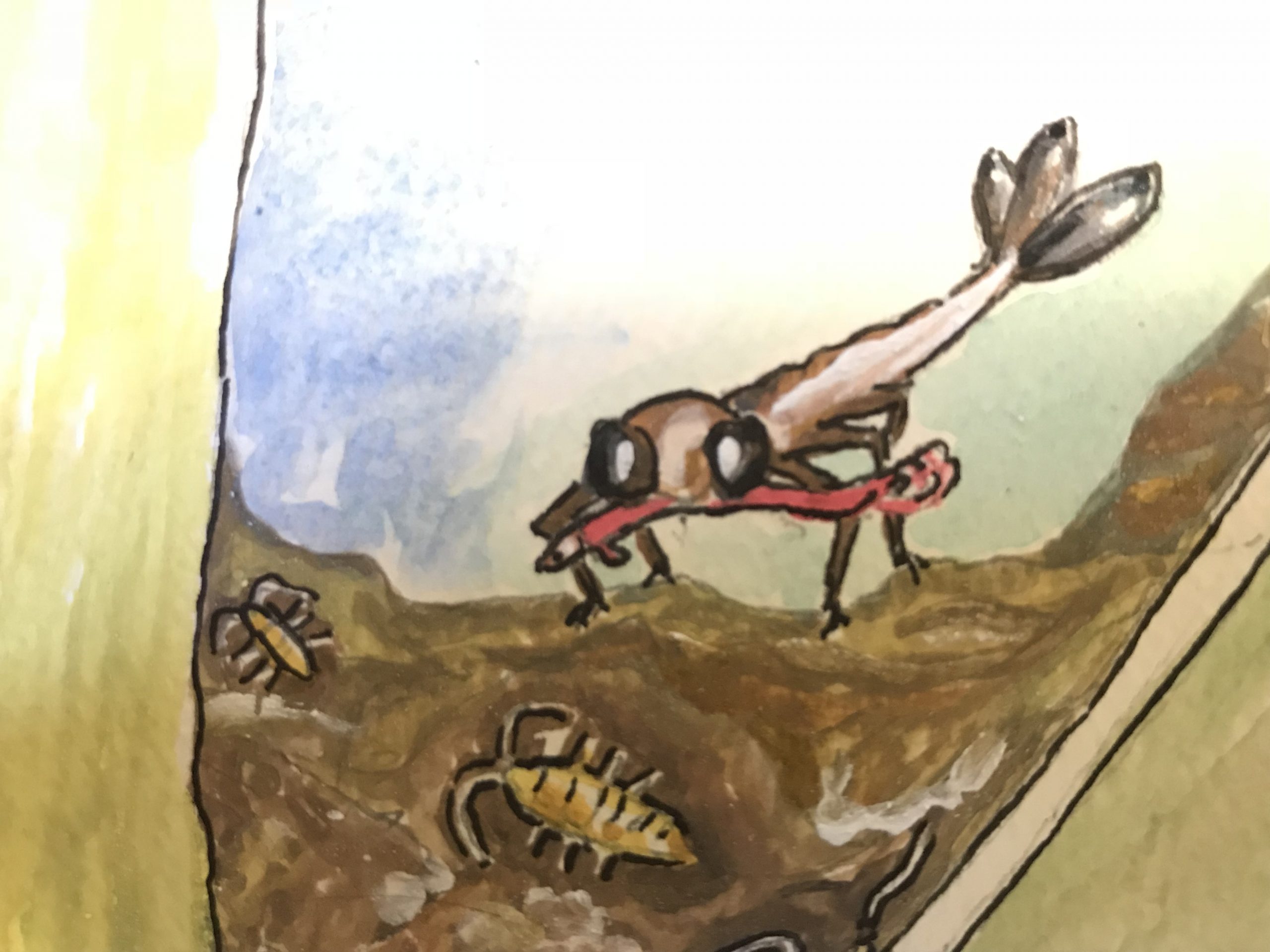This is a dominant morphospecies in Pitilla’s bromeliads. It is similar to Wyeomyia sp. [white abebela], another common species in this locality. Wyeomyia sp. [white abebela] has a narrower siphon with setae arranged in 4 vertical rows around the siphon, while species of the W. melanopus complex have a wider siphon with setae spread through the siphon in no evident pattern. Its body coloration is white in the early and mid-larval stages and can have blue to gray hues in the dorsum. In late stages, it can become more yellowish, with bright yellow in segment VIII.
Different molecular species delimitation methods identified the presence of four to ten species. Searches in the BOLD database returning matches with different species of mixed identifications for each group, and phylogenies including additional sequences downloaded from Genbank, support the hypothesis of the existence of at least four species. It was difficult to find limits between intra and interspecific morphological variation in the larvae. We follow the identification made on Pitilla’s specimens, though matches in the BOLD database include W. pertinans, W. mitchelli, W. adelpha and other species of the Wyeomyia subgenus. Further taxonomical review is recommended for this morphospecies.
Preserved specimens



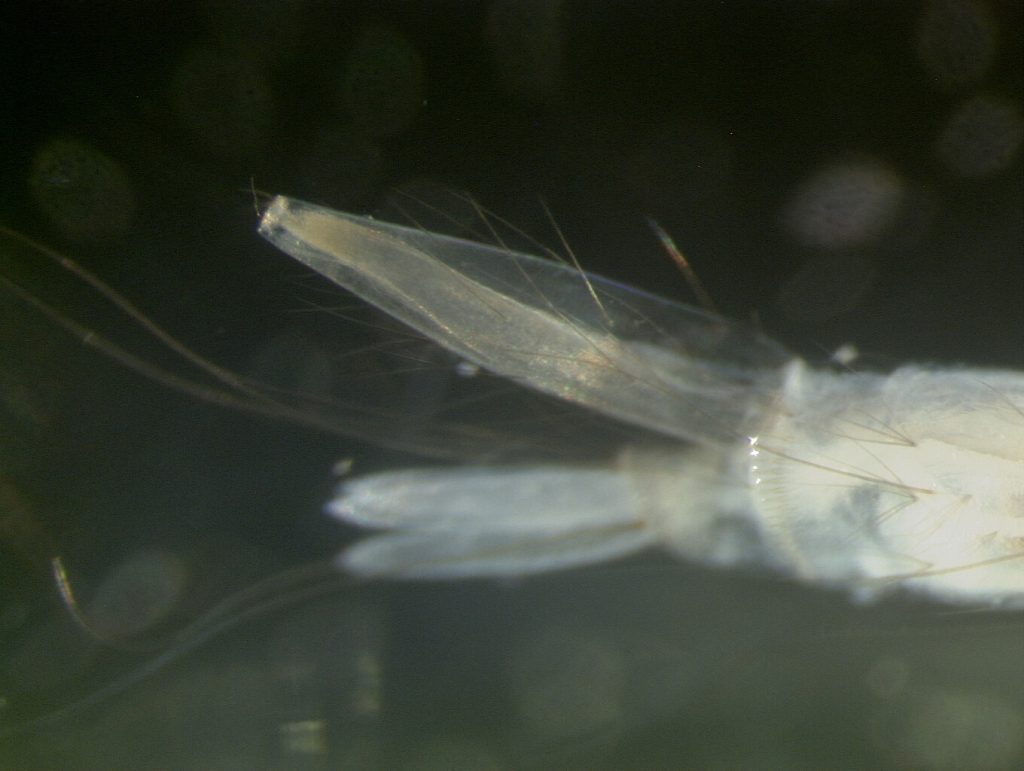
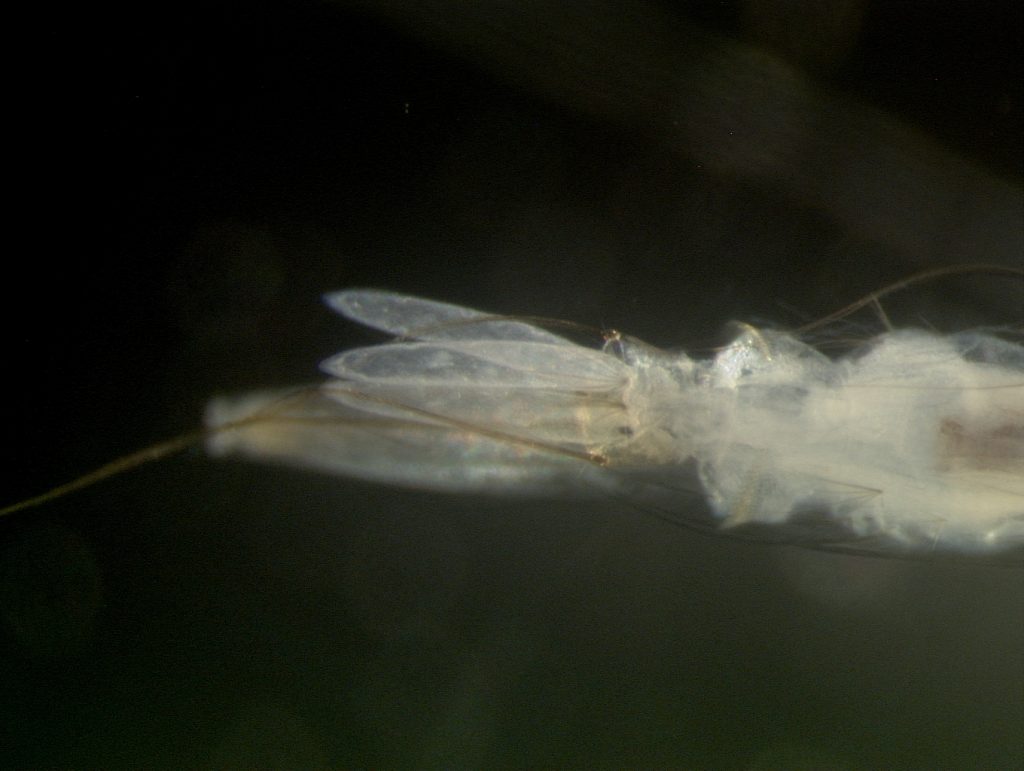
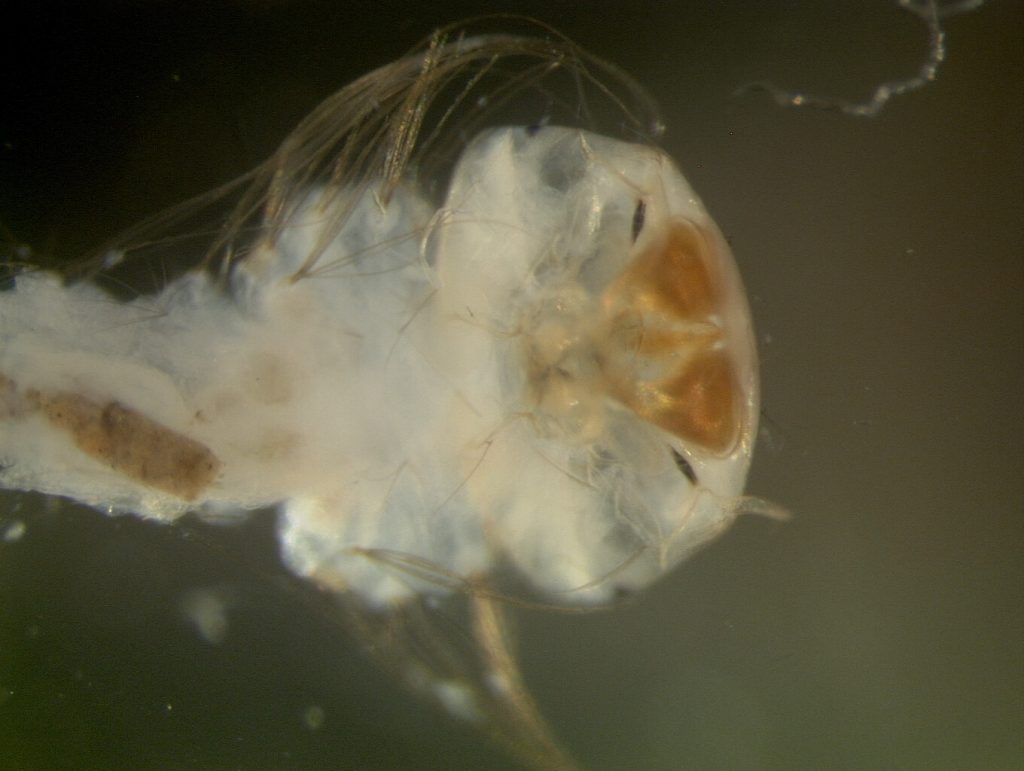
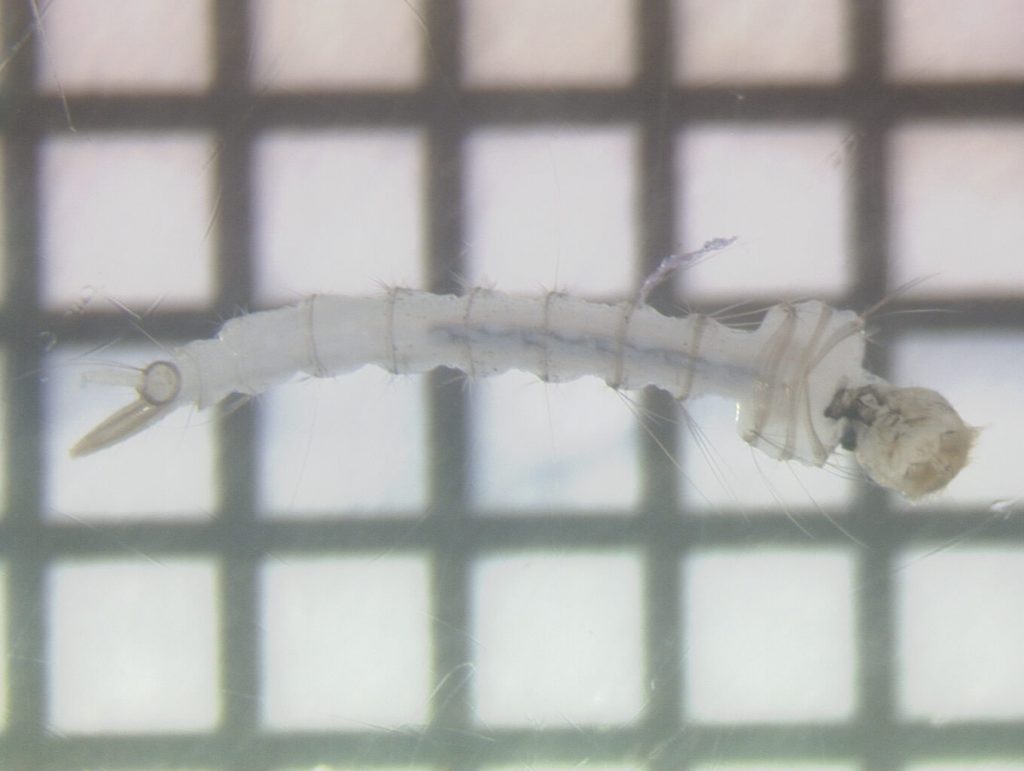


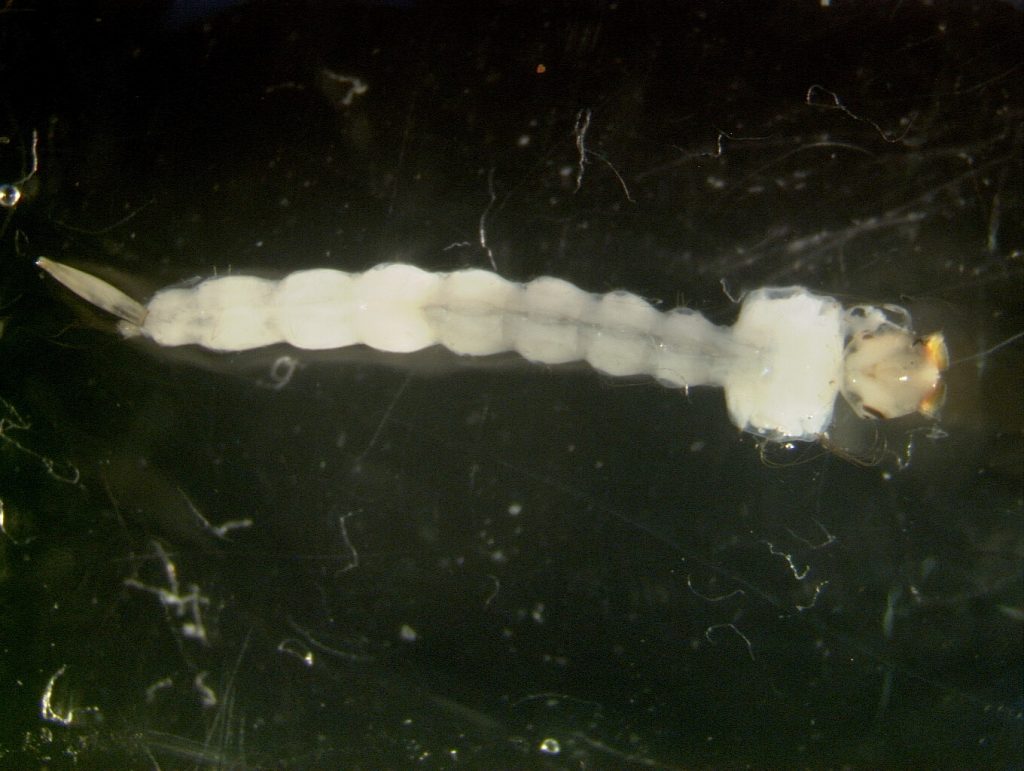
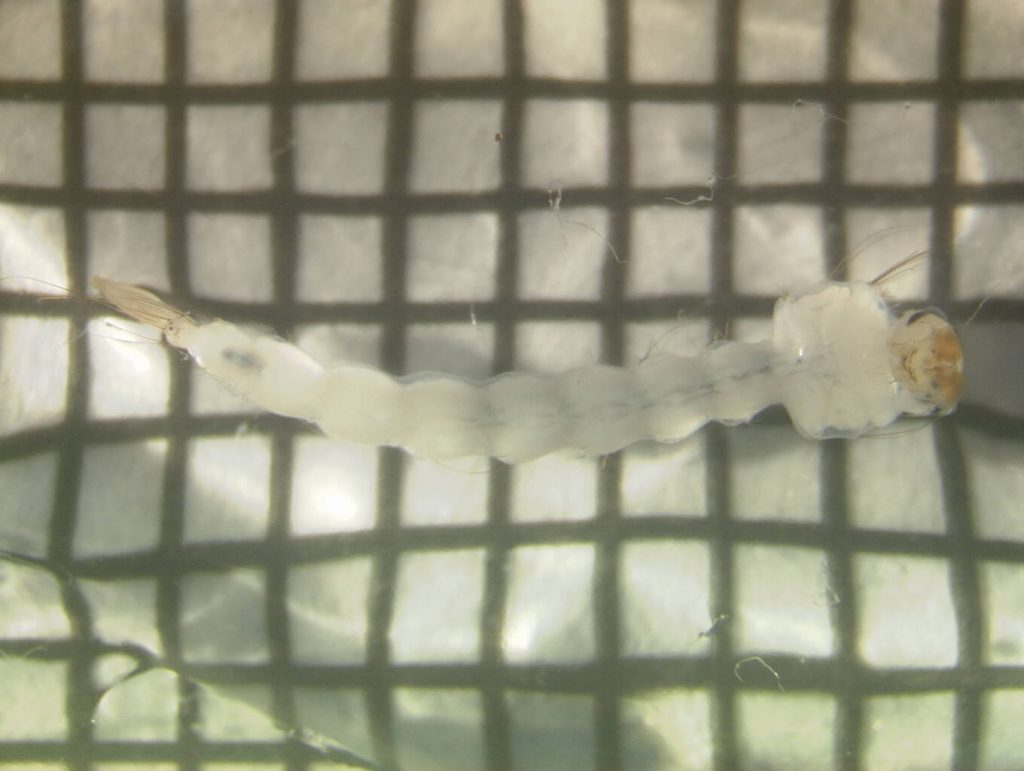
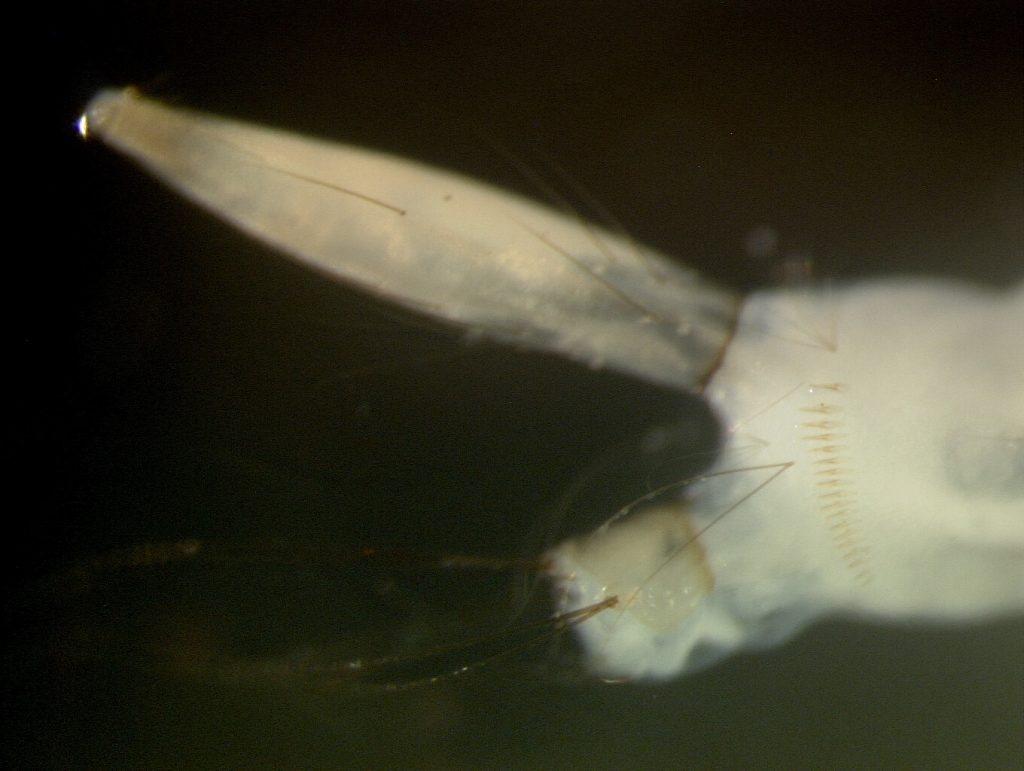
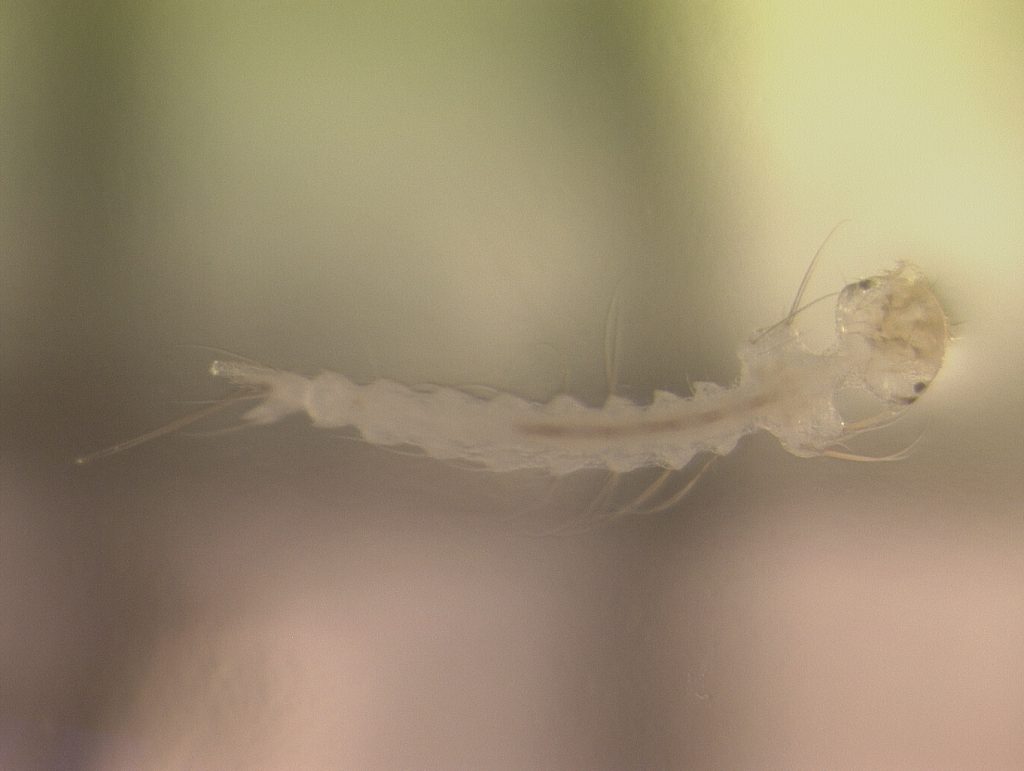

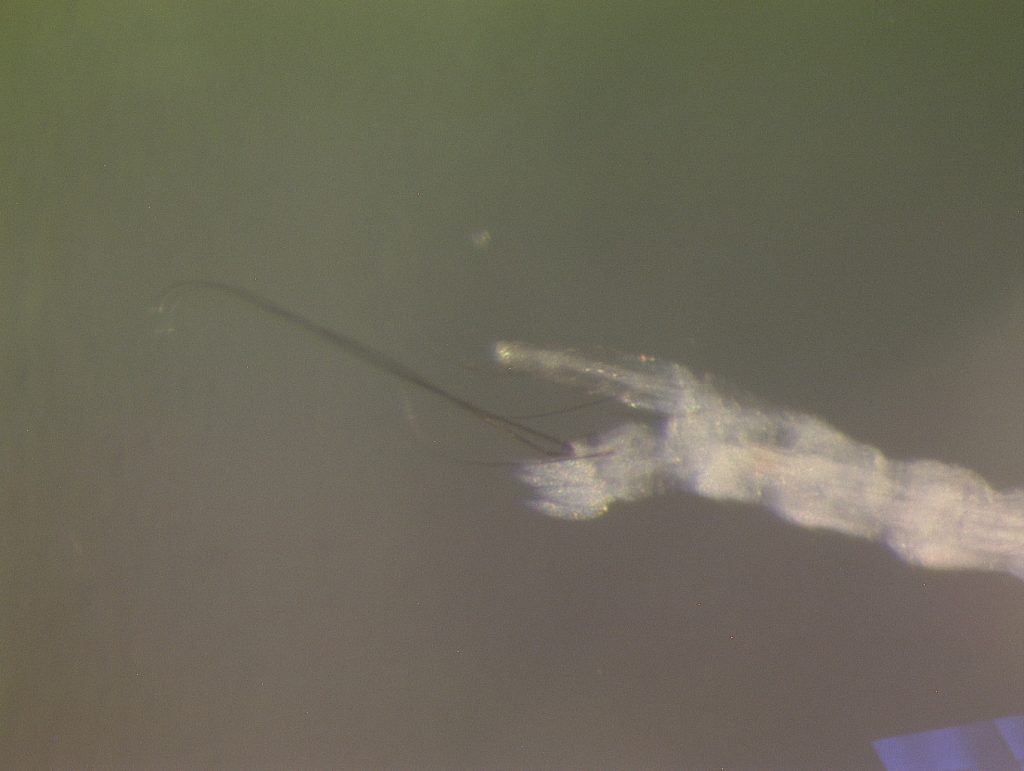
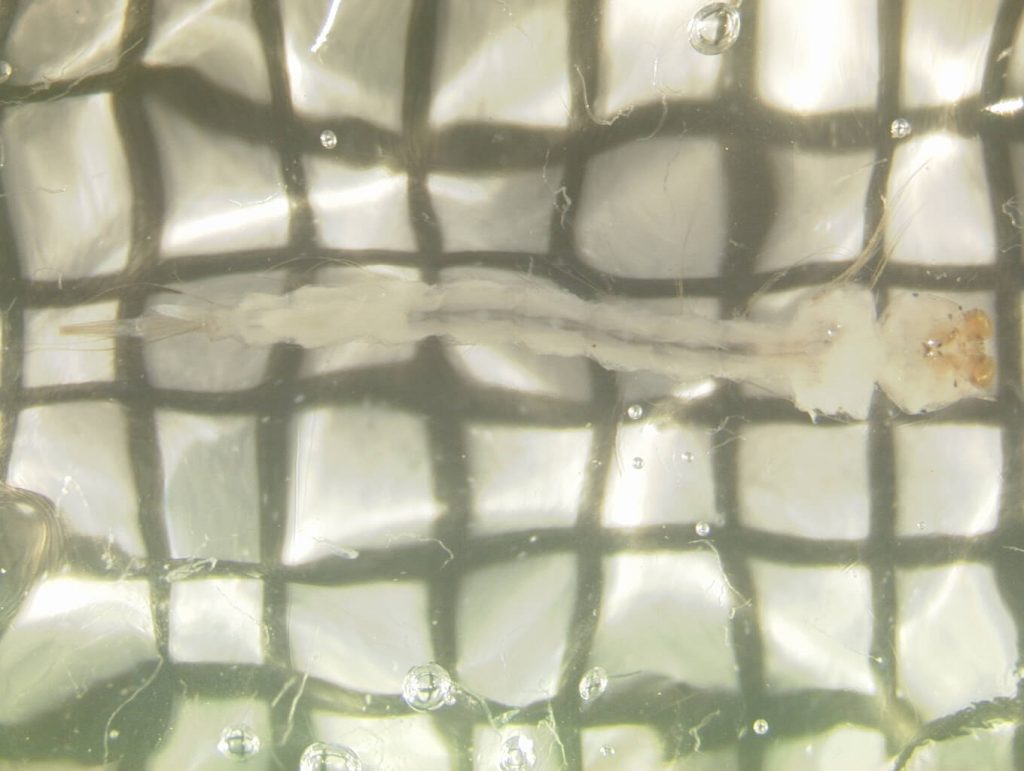
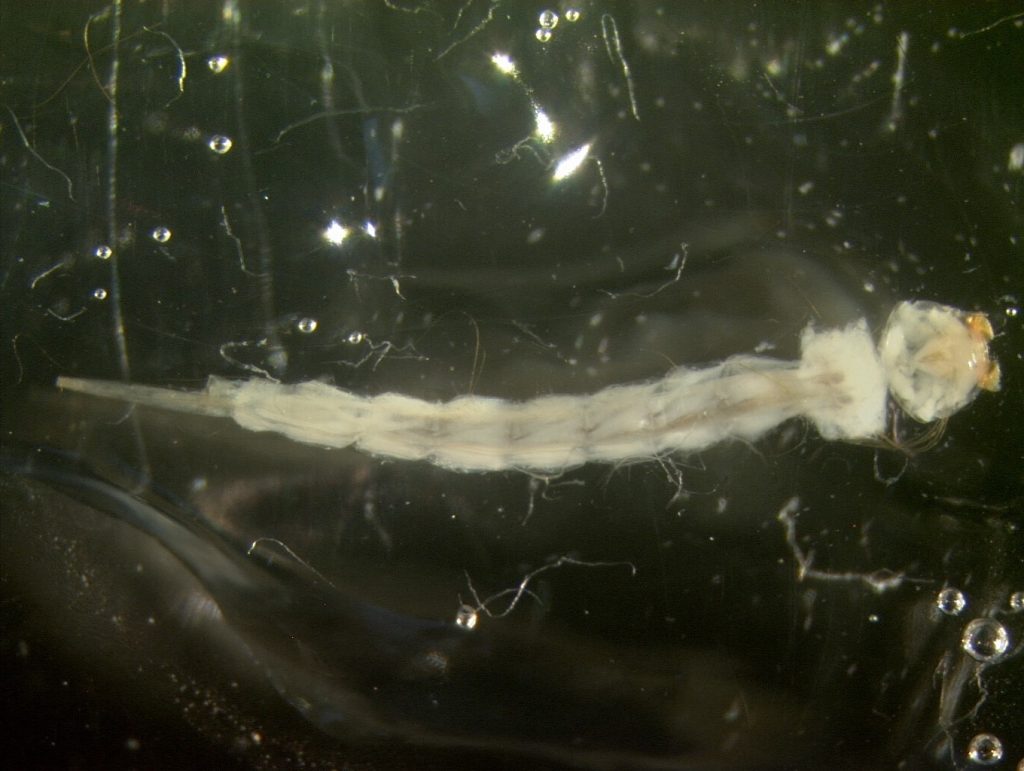

Live individuals



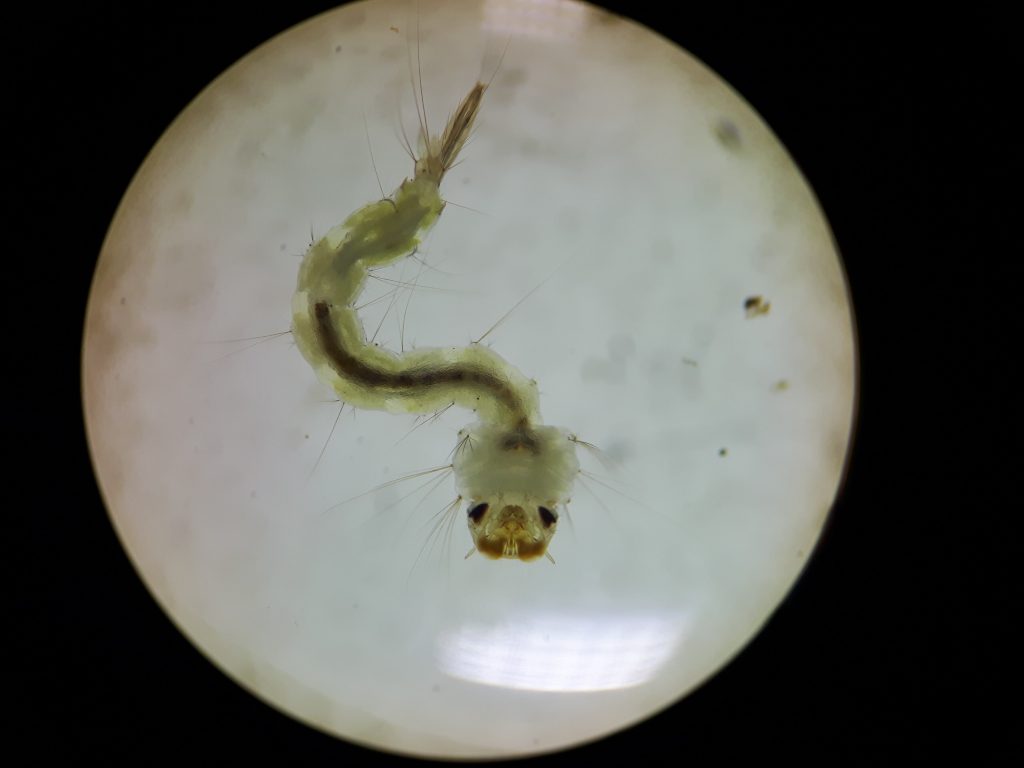
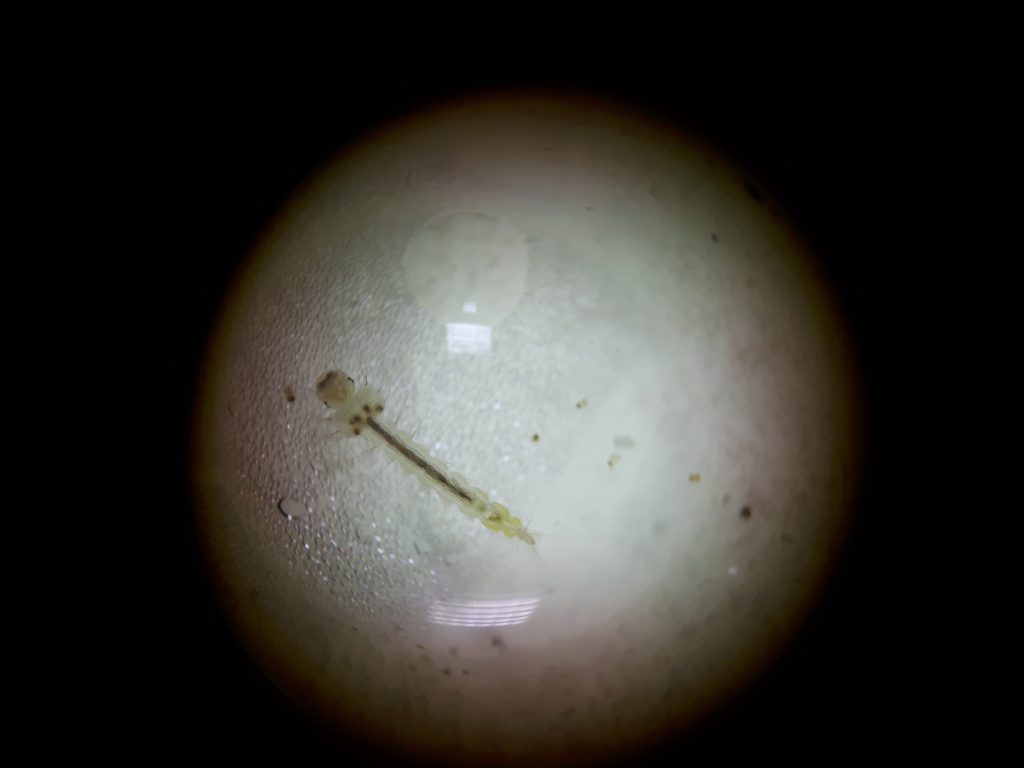
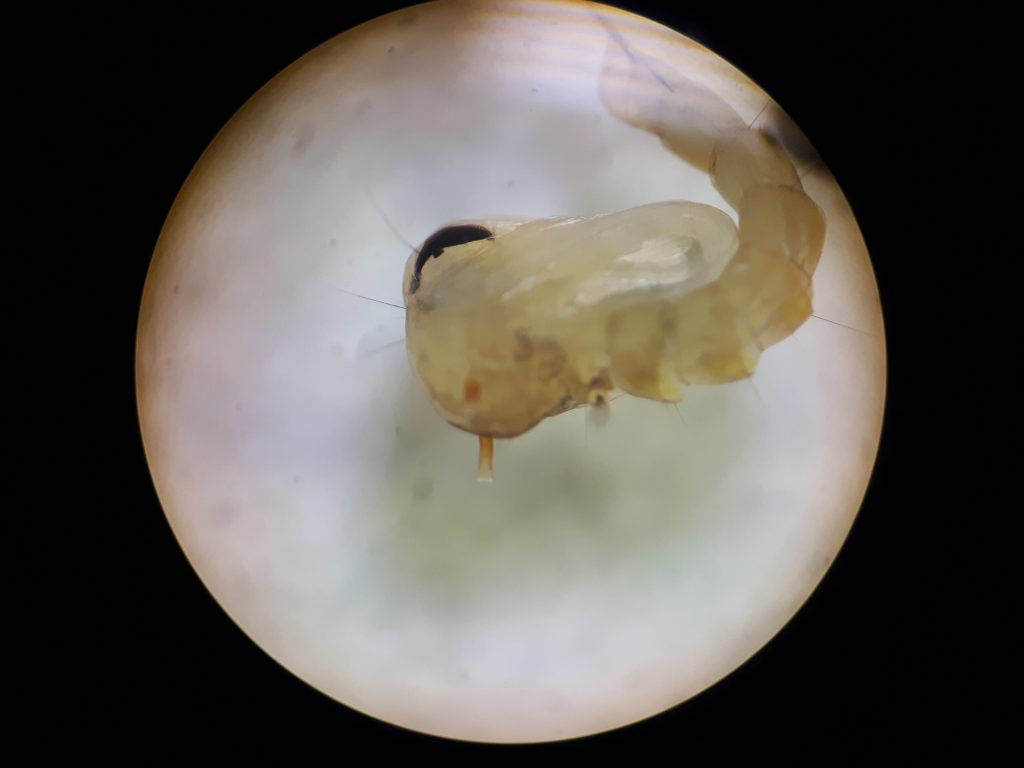
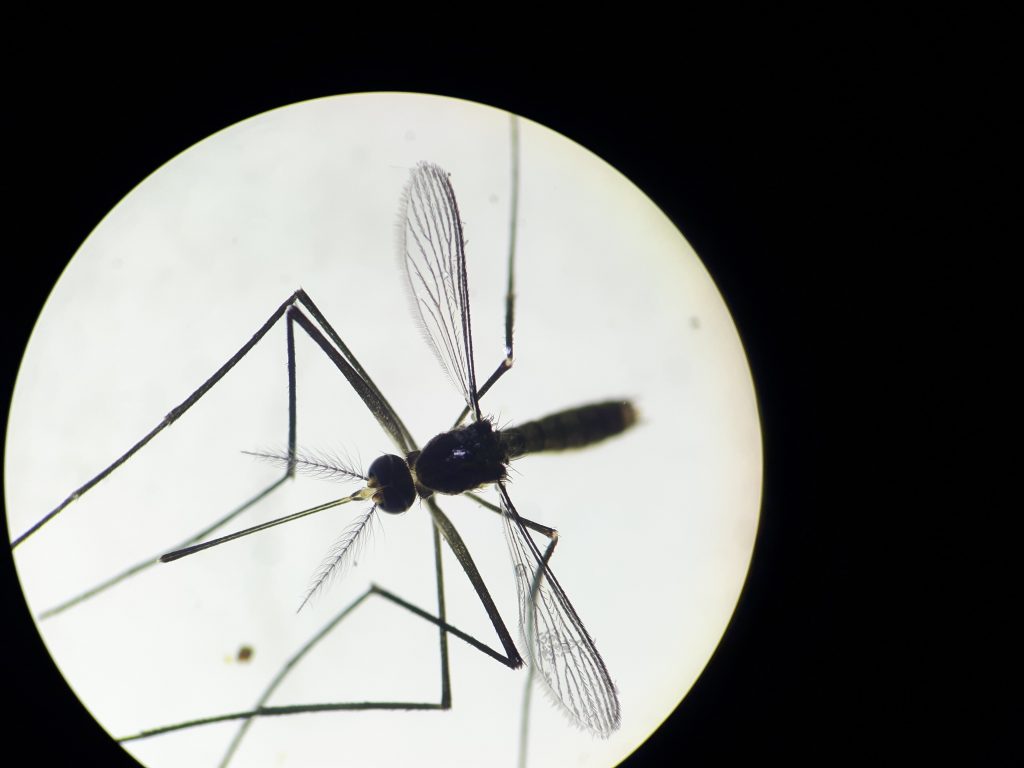
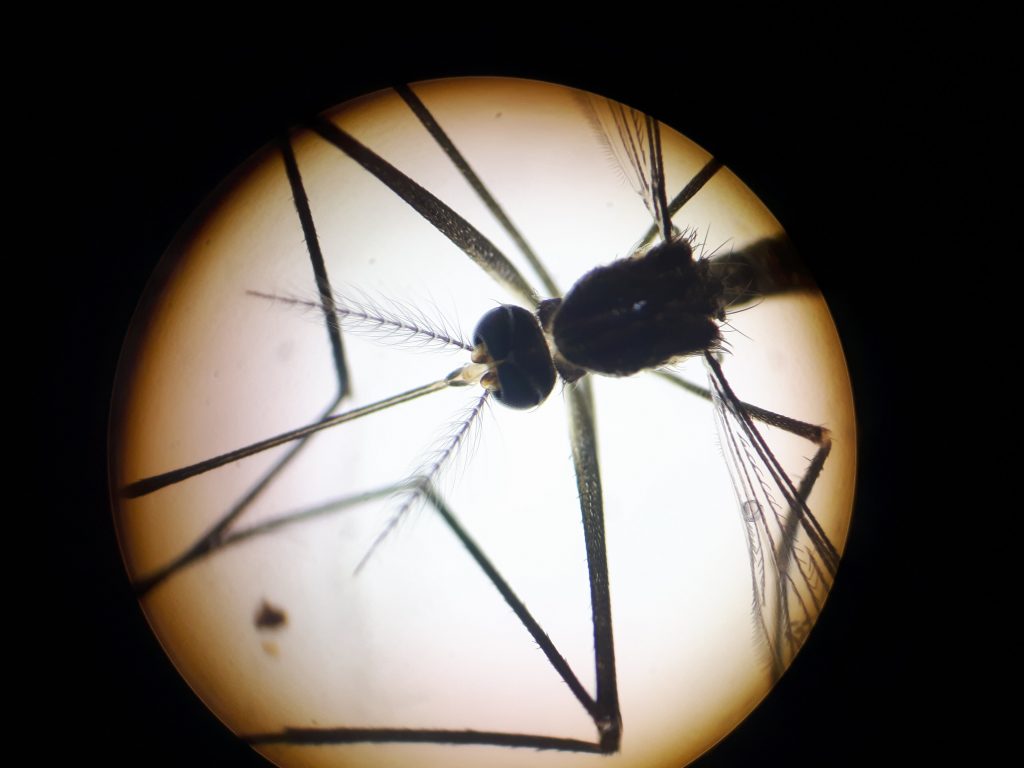
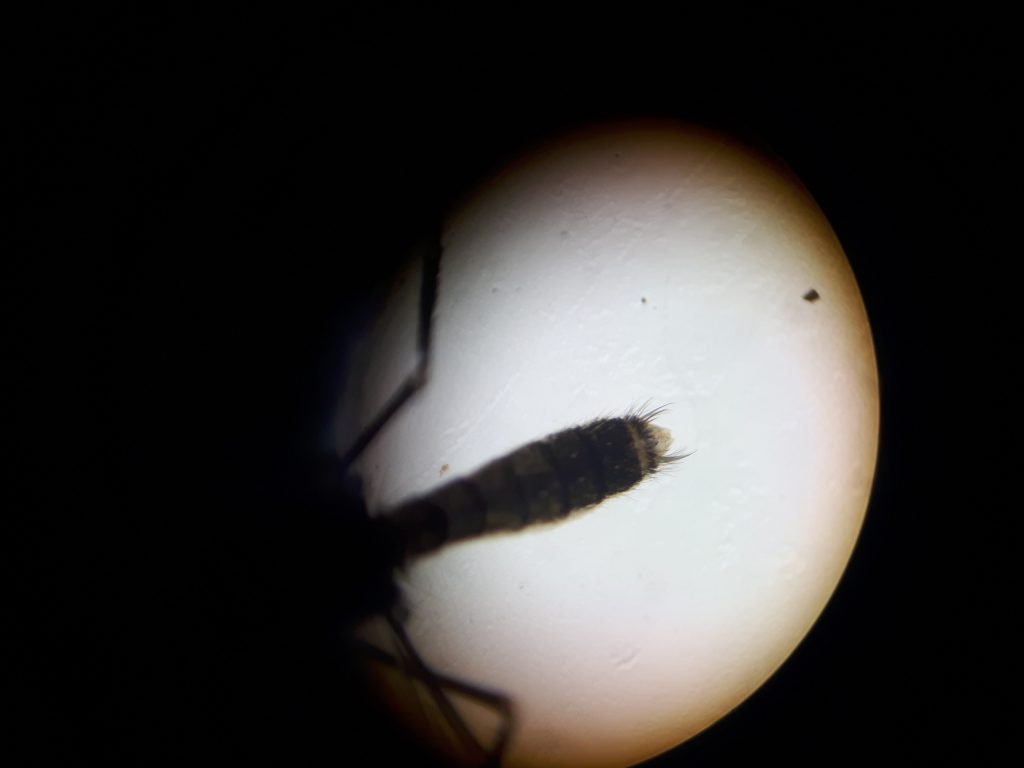
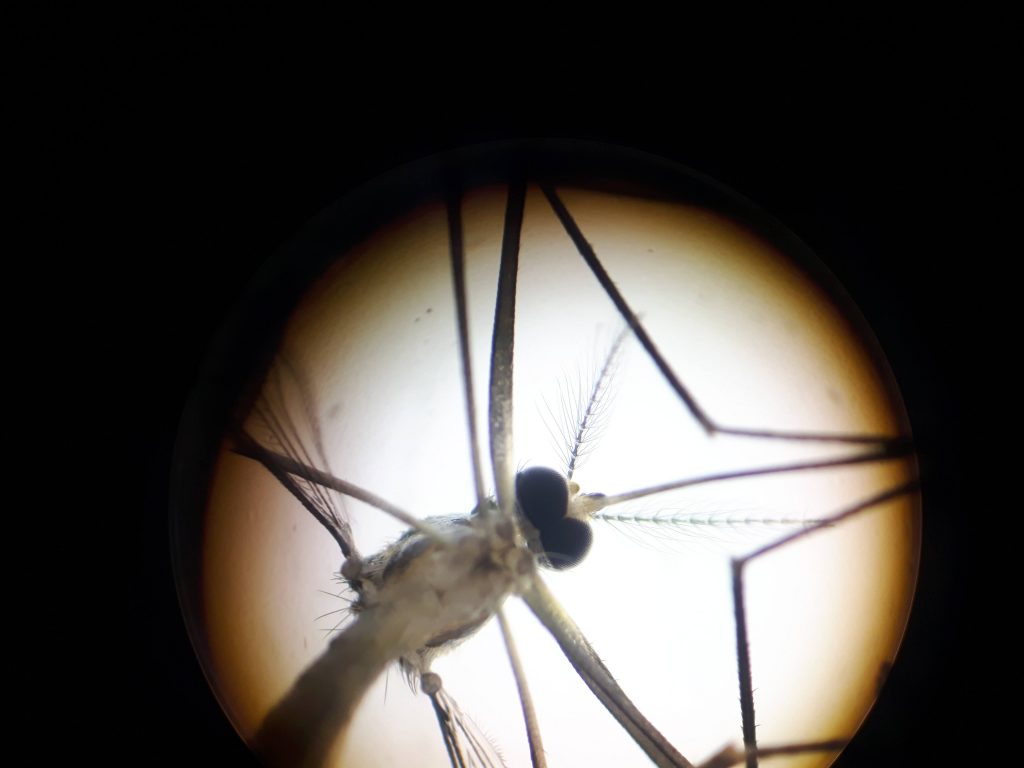


Notes: i) early instars of Wyeomyia species are difficult to discern – 1 to 2 mm, ii) when molting, culicid larvae appear to have rings throughout the body, not to be confused with different species, iii) pupae change color from light to dark through development.
